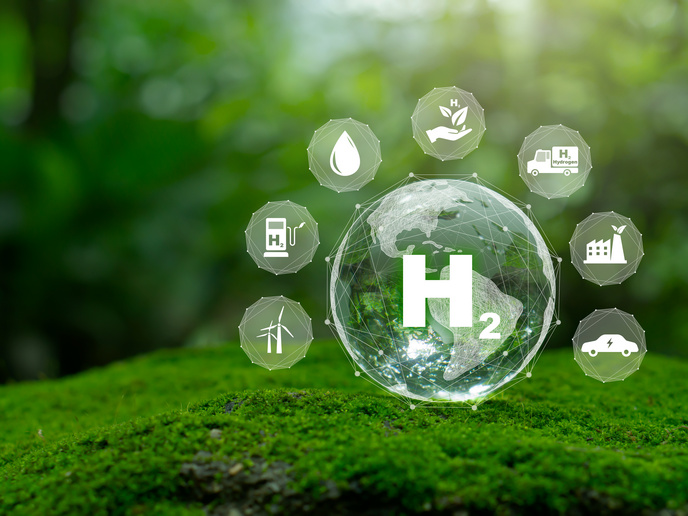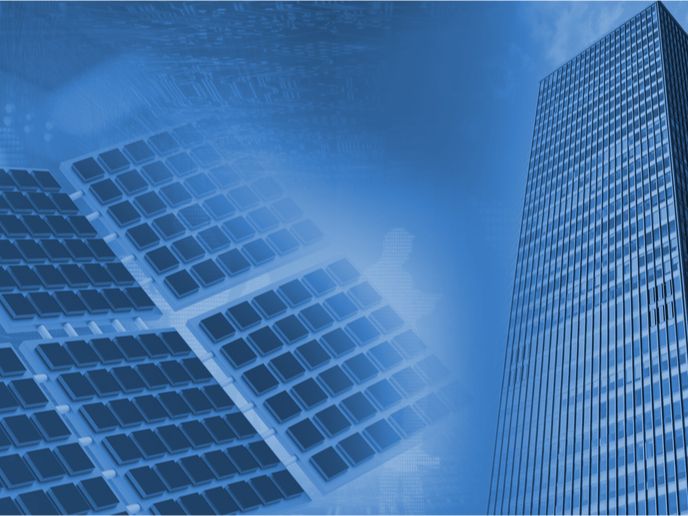Novel membrane helps extract cleaner-burning fuel from natural gas
The Fischer-Tropsch (FT) process was originally developed in Germany where it was used to transform the country's coal reserves into much needed liquid fuel during World War II. Today, the FT process is still highly relevant as a Gas-To-Liquid (GTL) fuel formation process. The Energy Research Centre of the Netherlands (ECN) and its nine partners in the LTCPO-GTL project set out to improve upon current state-of-the-art in GTL fuel formation. They targeted the transformation of natural gas, which is already one of the cleaner fossil fuels in comparison to coal and oil, into a low-emission liquid fuel. One of the by-products of the FT reactions is water. Membranes have proven extremely valuable in facilitating the removal of this excess water through the process of pervaporation. Scientists with the ECN developed the production process for a new microporous ceramic membrane that outperforms its polymeric counterparts currently on the market. The novel membrane is based on a tubular construction and can be extended up to 1 metre in length and can reach a total surface area of up to 5 square metres. The ability of the new membrane to effectively dehydrate organic materials was demonstrated in the laboratory. Feedback from these tests is being used to improve the original LTCPO-GTL prototype. In the context of LTCPO-GTL, the membranes are being used to create cleaner fuels that will benefit the environment. In addition to the FT process, the membranes are suitable for many other dewatering applications. The ECN is now looking to take advantage of these favourable market conditions.







